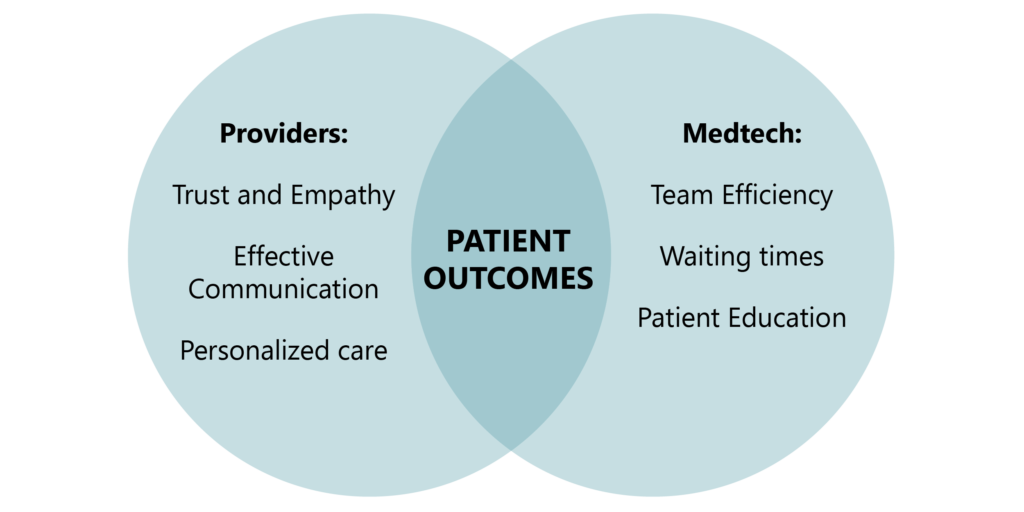Having surgery can be a life-changing experience. It does not matter whether it is a routine, planned, or an emergency one; hearing that you need surgery will most probably make you feel uneasy both physically and mentally. And there is nothing so surprising about it. Studies have shown that people express a plethora of different fears when it comes to their upcoming surgery: fear of the unknown, worrying about post-operative complications, fear of the anesthetic, fear of death, and many others. Having experienced surgery first-hand, I am confident in saying that the patient’s journey encompasses an array of feelings impacting their emotional well-being, comfort, and procedure outcome. In addition, technicalities such as the administrative process, patient waiting times, follow-up meetings, procedure recommendations, and patient education further complicate the patient’s journey.
Regardless of the complexity, the most important goal of any surgical procedure is the patient’s ability to continue their normal life with an improved overall condition at the expense of minimal emotional toll. However, for that to be possible, both healthcare providers and MedTech companies must work together to improve the overall customer experience for both patients and surgeons alike. Understanding patients’ most pressing challenges and concerns will help reduce their emotional toll, and listening closely to surgeons’ technical needs will allow them to deliver better and more consistent procedures.

Addressing both patients’ and surgeons’ challenges alike will improve and transform the overall patient outcome as driven by better patient understanding, improved surgical efficiency, and patient education.
The human aspect of surgical care
Surgical procedures are much more than the physical act of operating on a patient.
Recognizing that patients go through a storm of emotions and fears is crucial for providers. They must focus their efforts on fully understating patients’ needs, challenges, emotions, and concerns if they are to improve the overall outcome for the patient. Furthermore, they need to personalize their approach to reflect the fact that each patient is different and experiences a number of different fears and emotions. To achieve this holistic patient understanding, healthcare providers must facilitate the regular collection of patient feedback through designated patient experience (PX) programs with a priority on empathy, communication, and personalization. This will help providers improve trust, reduce patients’ fears and anxiety, and enhance the overall emotional well-being of patients, ultimately leading to improved surgical outcomes.
A practical way to approach this would be a quantitative quarterly feedback collection program targeting pre-surgery and post-surgery patients. In my experience, it is vital to address both patient audiences, as this will give providers a clear view of what patients expect and what improvement actions should be prioritized. Let’s dive in and explore how healthcare providers can improve three of the key human aspects of surgical care through a facilitated PX program:



